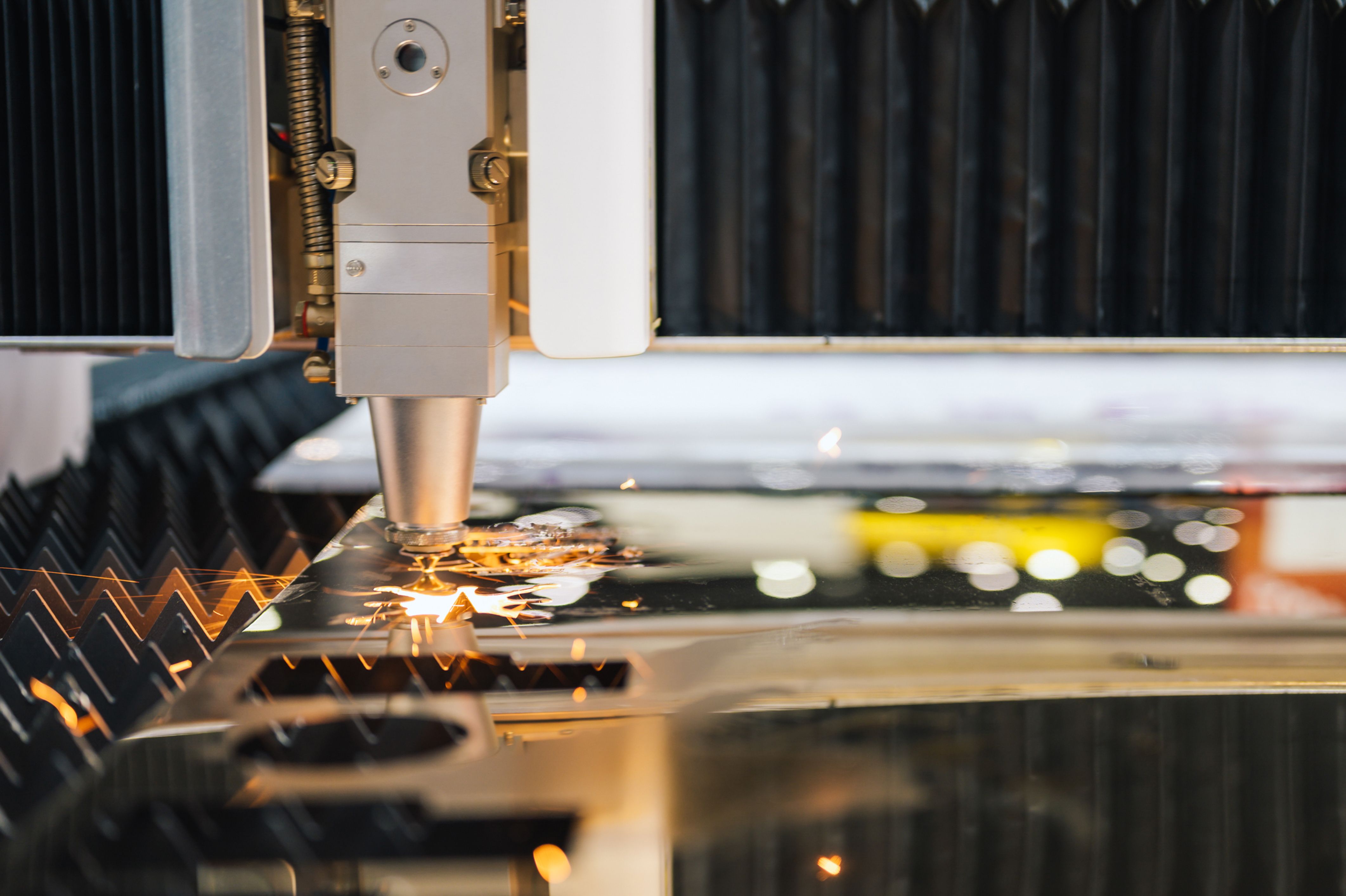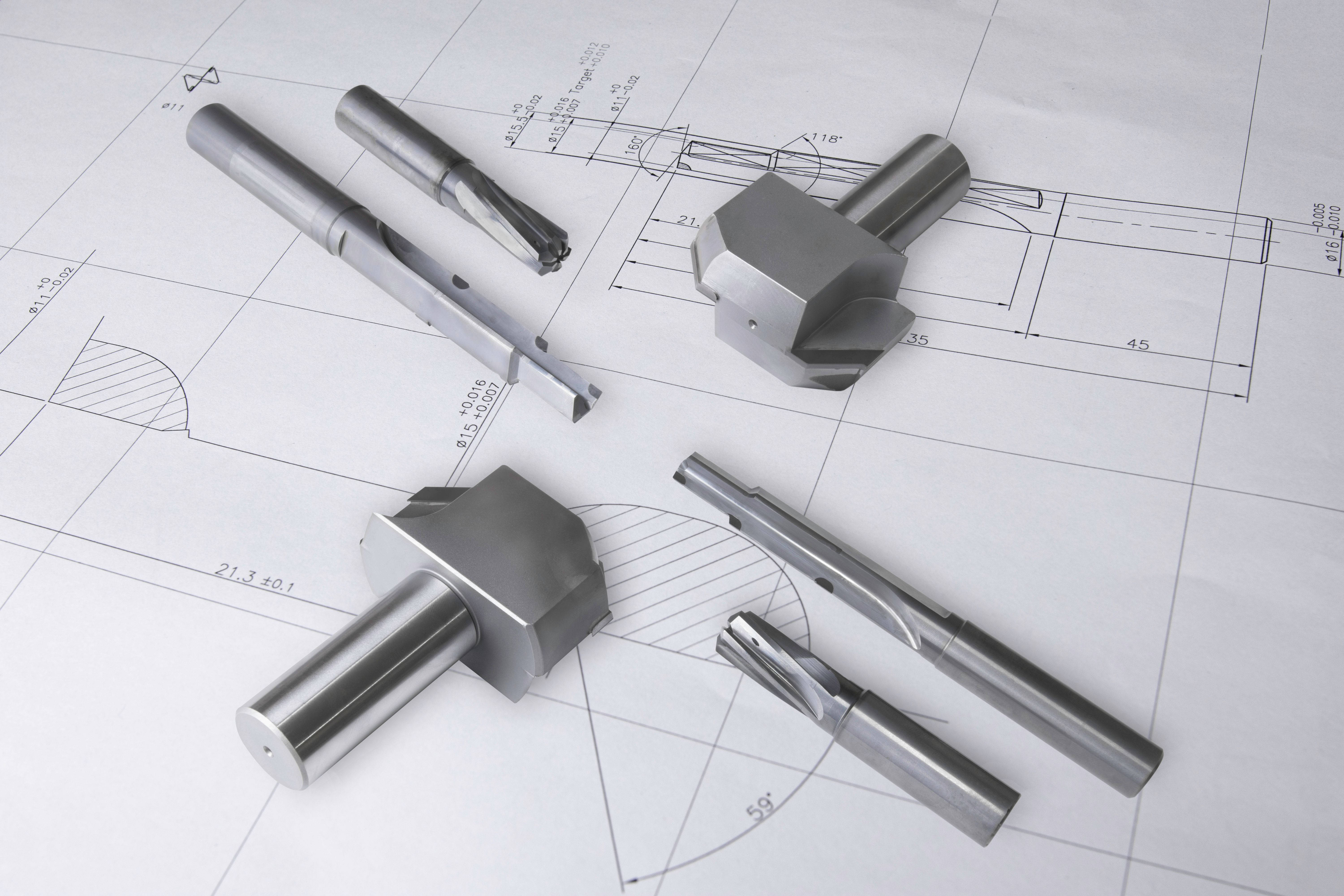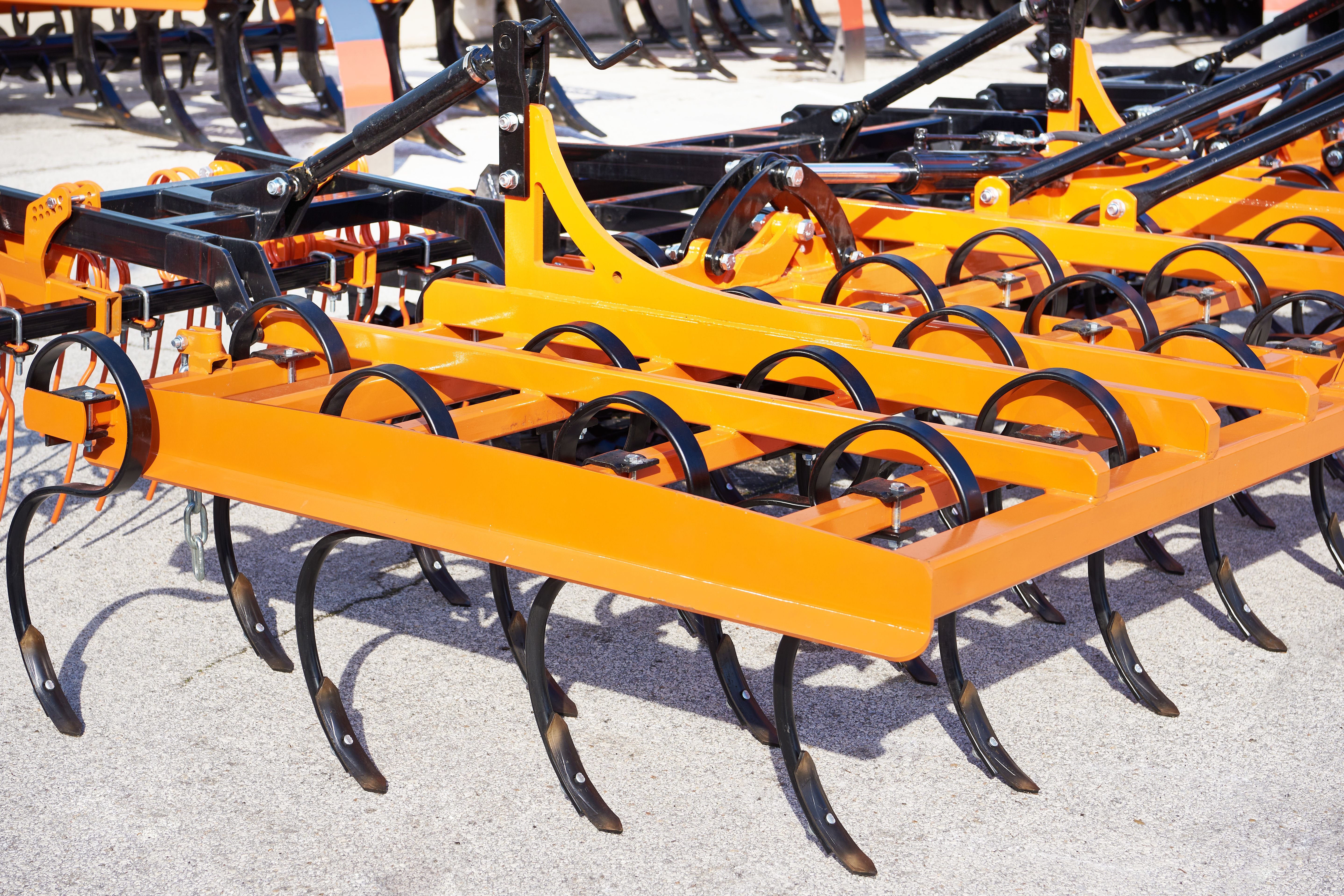Comparing Tool Innovations: Iran vs. Germany
RR
Introduction to Tool Innovations
The world of tool innovations is as dynamic as it is diverse, with different countries bringing their unique expertise to the forefront. When it comes to comparing tool innovations, Iran and Germany offer fascinating insights. Each nation contributes significantly to the global market, driven by history, technology, and industry needs.

Historical Context and Development
Iran, with its rich history of craftsmanship, has long been a hub for artisan tools and traditional methods. The country's heritage in metallurgy and handcrafting has laid the foundation for its modern tool industry. On the other hand, Germany's engineering prowess dates back to the industrial revolution, making it a leader in precision tools and machinery.
While Iran's tool evolution heavily leans on cultural crafts, Germany has consistently advanced in integrating technology with tool-making processes. This historical context shapes the current landscape of tool innovations in both countries.
Technological Advancements
Germany is renowned for its cutting-edge technology and precision engineering. The country excels in producing high-quality, durable tools that often incorporate advanced materials and intelligent design. German tools are synonymous with reliability and are favored in industries such as automotive and aerospace.

In contrast, Iran has been focusing on blending traditional craftsmanship with modern technology. Iranian innovations often prioritize functionality and adaptability, catering to local industries such as agriculture and construction. The emphasis on locally-sourced materials and sustainable practices is notable in Iranian tool manufacturing.
Innovation in Specific Industries
Germany's innovation is particularly prominent in sectors like automotive, where precision and efficiency are paramount. The country's tools are designed to meet stringent quality standards, ensuring seamless operations in complex manufacturing processes.
Iran's focus on agricultural tools reflects its economic needs. With agriculture being a significant sector, Iranian tool manufacturers have innovated to enhance productivity while minimizing environmental impact. This approach underscores the country's commitment to sustainable development.

Market Trends and Consumer Preferences
The global market for tools reflects diverse consumer preferences driven by quality, price, and functionality. German tools are often perceived as premium products, commanding higher prices due to their reputation for quality and durability.
Conversely, Iranian tools appeal to consumers seeking cost-effective solutions without compromising on essential functionality. This difference in market positioning highlights the varied strategies each country adopts to cater to global demand.
Challenges and Opportunities
Both Iran and Germany face unique challenges in their tool industries. For Germany, maintaining its competitive edge amidst rising global competition is a constant challenge. Innovation is key to sustaining its leadership position.

For Iran, overcoming economic sanctions and accessing global markets remain significant hurdles. However, these challenges also present opportunities for local innovation and self-reliance, driving new advancements in the tool sector.
The Future of Tool Innovations
As technology continues to evolve, both Iran and Germany are well-positioned to contribute significantly to future tool innovations. Germany's focus on integrating artificial intelligence and automation into tool design promises exciting developments in efficiency and precision.
Meanwhile, Iran's emphasis on sustainable practices and resourcefulness could lead to groundbreaking solutions that address both local and global needs. The future of tool innovation in these countries will likely reflect a blend of tradition, technology, and strategic vision.